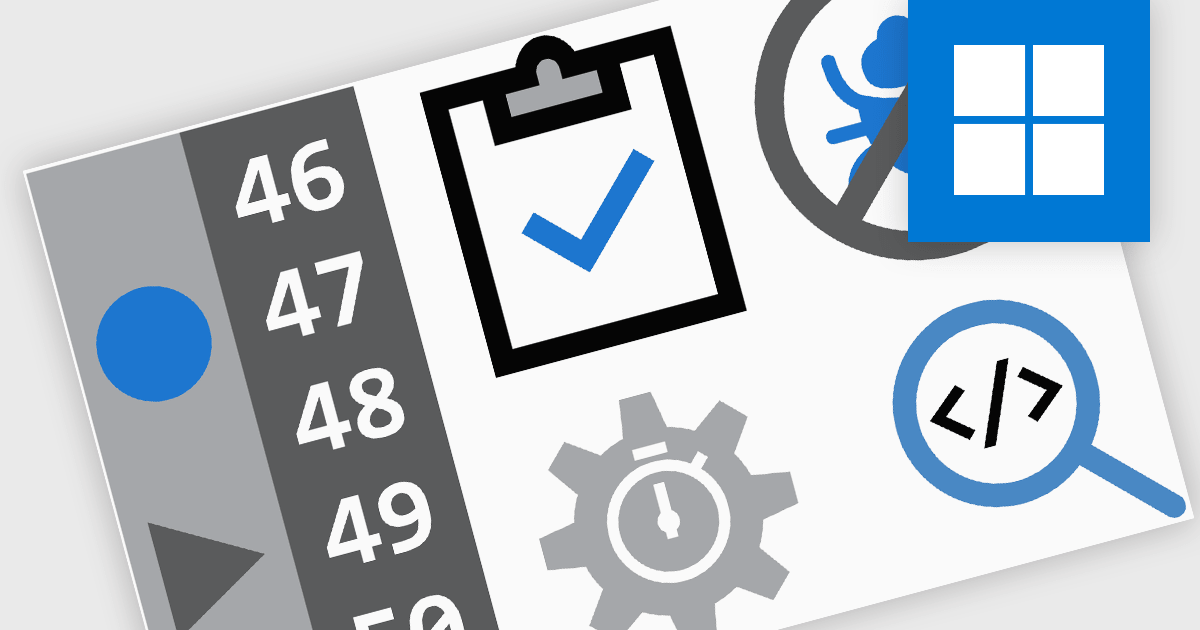公式サプライヤー
公式および認定ディストリビューターとして200社以上の開発元から正規ライセンスを直接ご提供いたします。
当社のすべてのブランドをご覧ください。

英語で読み続ける:
Debugging in an IDE (Integrated Development Environment) is the process of identifying, analyzing, and resolving errors or unintended behavior within code using the specialized tools provided by the environment. It allows developers to set breakpoints, inspect variable values, monitor memory usage, and control the execution flow of a program in real time, which facilitates a deeper understanding of how the code behaves under various conditions. This capability significantly accelerates problem resolution, improves code reliability, and enhances overall development efficiency by providing immediate feedback and precise control over the debugging process.
Common Debugging features include:
For an in-depth analysis of features and price, visit our Integrated Development Environments (IDEs) comparison.